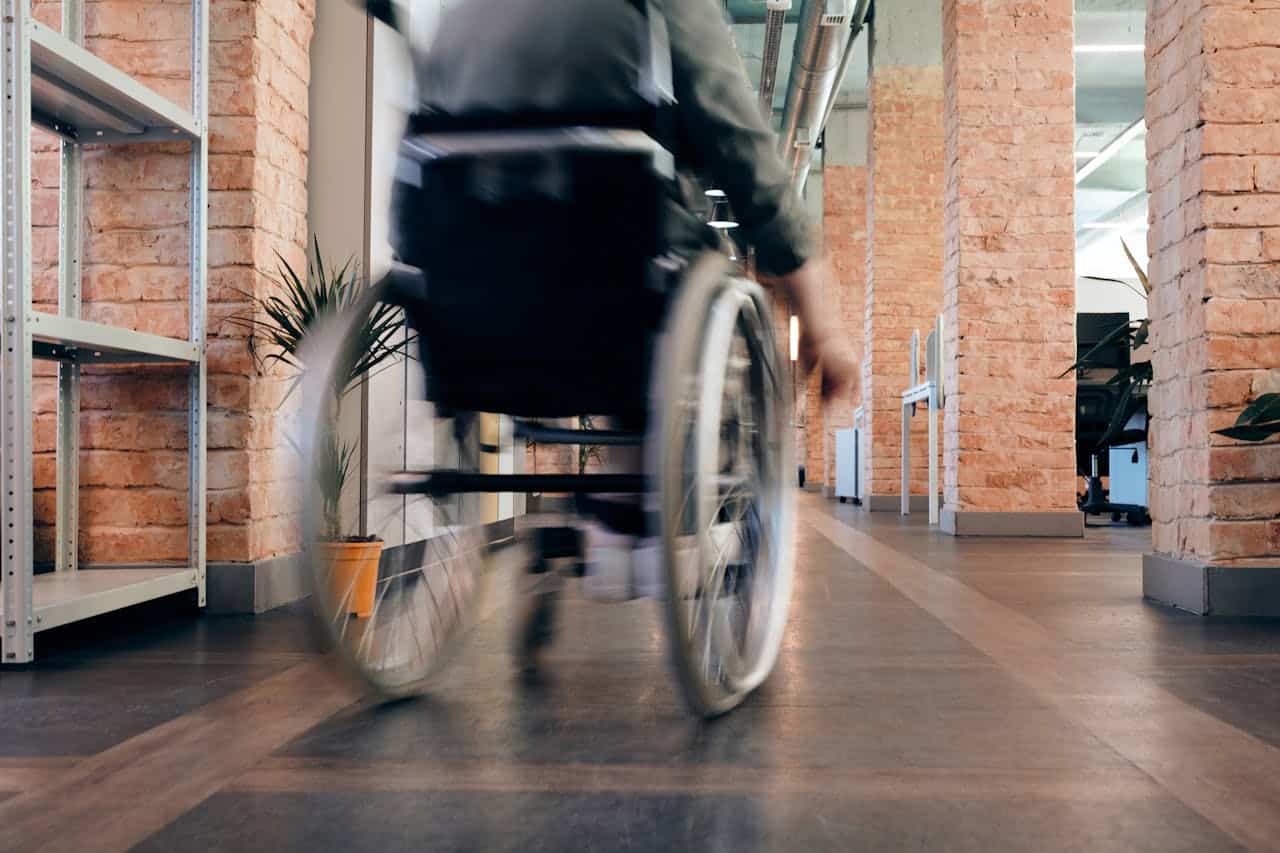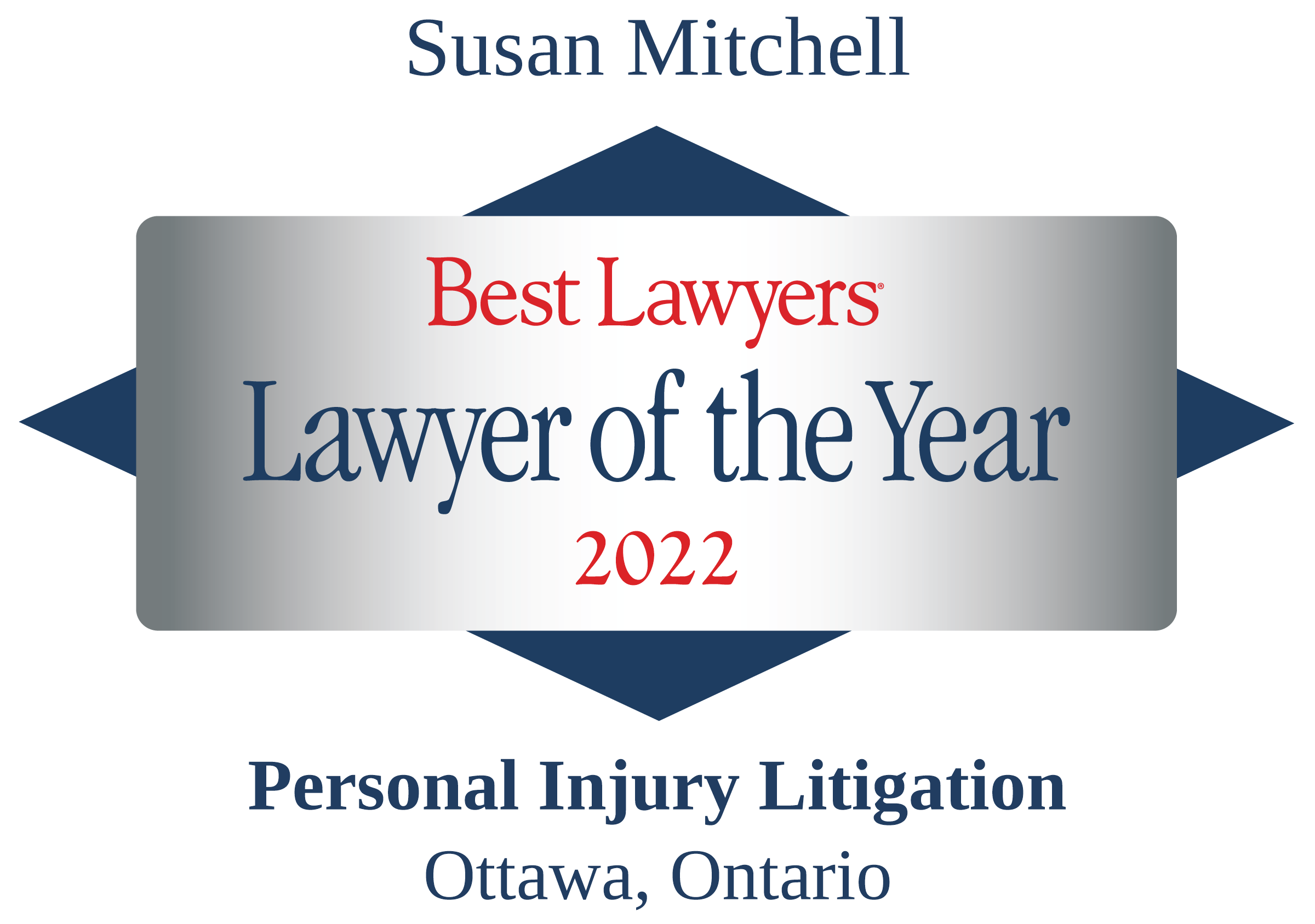When you think about personal injuries, what comes to mind? For most people, common motor vehicle accident injuries such as whiplash and concussions are likely. However, personal injury law acknowledges that victims of personal injury can suffer from a wide variety of injuries that might not look like “traditional” personal injuries, like disfigurement.
What is disfigurement, how does it happen in personal injury claims, and what are victims of disfigurement entitled to? We’ll cover all of these topics and more.
What is Disfigurement?
Disfigurement is an injury that alters or deforms a person’s physical appearance, including scarring, burns, loss of limbs, and other physical alterations. Additionally, disfigurement can result in secondary psychological impacts like depression and anxiety, which affect an individual’s self-perception.
Examples of Disfigurement in Personal Injury Claims
Disfigurement is not as uncommon in personal injury claims as you might think. Below, we’ve provided a series of examples outlining where disfigurement might be claimed in personal injury claims:
- Car Accidents: victims of motor vehicle accidents may sustain disfigurement due to shattered glass or impacting objects inside a vehicle.
- Medical Malpractice: surgical errors or negligence can lead to disfigurement and scarring, as we recently covered in our blog post on cosmetic surgery and medical malpractice.
- Dog Bites: victims of dog or animal attacks often sustain bite injuries that lead to scarring and disfigurement.
- Slip and Fall Accidents: slip and fall accidents can lead to scarring and disfigurement, depending on how the victim fell and the surface they come into contact with.
Establishing Disfigurement in Personal Injury Claims
Establishing that a victim has suffered disfigurement due to an accident is often self-evident. That is, if the victim can show that the accident caused the disfigurement – as evidenced on their body – they should be able to establish that they are entitled to damages for those injuries.
Like other types of personal injuries, medical evidence is instrumental for establishing that a victim suffered disfigurement and that their injuries occurred due to the accident in question. Information from medical professionals will also help quantify the damages the victim is entitled to (for example, the seriousness of the injury and the cost of reconstructive surgery, if it is an option for them). Keep in mind that multiple medical professionals may be needed to prove the evidence necessary to justify the victim’s claim (for example, if the victim has been disfigured but is also claiming psychological injury due to their disfigurement, different medical professionals will need to provide their expertise on the different injuries).
Determining Damages for Disfigurement in Personal Injury Claims
In personal injury claims, victims are entitled to economic and non-economic damages. Economic damages include quantifiable losses, like lost wages or medical expenses. On the other hand, non-economic damages, or “pain and suffering” damages, compensate for intangible losses relating to an accident, like pain and suffering and loss of enjoyment of life.
Remember that pain and suffering damages aren’t calculated solely on the injuries the victim sustained in the accident. Instead, determining damages is a subjective exercise based on both the injuries and the impact those injuries had on the victim’s life. Here, assessing damages can become somewhat complicated for disfigurement injuries. Unlike, say, a broken leg, disfigurement doesn’t always have an impact on the victim’s physical capacity, and proving that the victim suffered from associated limitations can be more challenging.
Nevertheless, a disfigurement victim might be entitled to more or less compensation for their injury depending on the following:
- The impact on physical function (for example, the impact of an amputation will likely be higher than scarring or disfigurement).
- The location of the disfigurement (the impact of scarring or disfigurement on a person’s face, which is usually visible, will likely be higher than scarring or disfigurement on, say, the thigh).
- The size of the disfigurement.
- The impact on personal life (this could include self-worth, personal relationships, etc.).
- The impact on professional life (for example, disfigurement could have a more significant impact on an individual in one profession than another if the victim’s physical appearance is relevant to their profession).
- Whether the disfigurement can be corrected (and, if so, the anticipated cost of correcting the disfigurement).
Recovering Damages for Disfigurement in Personal Injury Claims
Victims of disfigurement may face challenges recovering damages for disfigurement depending on how they sustained their injuries.
Notably, in Ontario, victims who sustain injury in a motor vehicle accident may not be able to claim noneconomic damages for their injuries if their injuries don’t meet the threshold established by Ontario’s Insurance Act, R.S.O. 1990, c. I.8.
According to s. 267.5(5) of the Insurance Act, R.S.O. 1990, c. I.8, victims of motor vehicle accidents cannot bring a claim for noneconomic damages unless the victim:
- Died;
- Sustained a permanent serious disfigurement; or
- Sustained a permanent serious impairment of an important physical, mental, or psychological function.
Previous case law is mixed on whether disfigurement injuries meet the threshold established by Ontario’s Insurance Act, R.S.O. 1990, c. I.8. Motor vehicle accident victims who sustained scarring and disfigurement—without the presence of other injuries—have been successful in meeting the Insurance Act, R.S.O. 1990, c. I.8 threshold where the disfigurement was very visible on the victim’s body and had a permanent and serious impact on their life. As every case turns on unique facts, it’s important to speak with an experienced personal injury lawyer to determine what recovery options are available.
Remember that even if a victim’s injuries do not meet the Insurance Act, R.S.O. 1990, c. I.8 threshold, individuals who have sustained impairment due to a motor vehicle accident are entitled to benefits for income loss and medical expenses, regardless of fault.
The Statutory Accident Benefits Schedule, O Reg 34/10, provides for three “tiers” of injuries, with maximum funding as follows:
- Minor injuries: up to $3,500 plus HST for medical expenses
- Non-minor/non-catastrophic injuries: up to $65,000 plus HST for medical expenses
- Catastrophic injuries: $1,000,000 plus HST for medical expenses
Final Thoughts on Disfigurement Damages in Personal Injury Claims
Victims of disfigurement are generally entitled to benefits or compensation for their injuries, regardless of whether they sustained other injuries as a result of the accident. As these claims can be challenging to navigate—particularly when the victim sustained their injuries in a motor vehicle accident—it’s critical to speak with an experienced personal injury lawyer for guidance.
Experienced Personal Injury Lawyers Serving Ontario Personal Injury Claimants
Tierney Stauffer LLP’s experienced personal injury lawyers can help accident victims with various injury claims. With our many combined years of experience fighting for the rights of accident victims, we have the know-how to ensure your rights are protected and you receive the help you need to move forward with your life.
If you have sustained personal injuries and want to discuss your claim, please call us at 1-888-799-8057 or contact us online to set up a free consultation with a member of our team.


